 As a business grows, the demands on its customer service department usually grow too. Customers will always have questions and requests for assistance and the number of inquiries will increase as a company expands. Even an experienced team of contact center agents will find itself unable to keep up with inbound calls and inevitably customers will end up waiting on hold. However, as hold time lengthens so does the abandonment rate, leading to unhappy clients and a poor customer experience.The obvious solution to shorten hold times is to increase capacity by adding more agents to the contact center. Yet this approach has its own drawbacks as it is expensive to hire and train more agents. Furthermore, fluctuating call volumes mean that you constantly have to juggle having enough agents for peak times without them sitting idle during quieter periods.
As a business grows, the demands on its customer service department usually grow too. Customers will always have questions and requests for assistance and the number of inquiries will increase as a company expands. Even an experienced team of contact center agents will find itself unable to keep up with inbound calls and inevitably customers will end up waiting on hold. However, as hold time lengthens so does the abandonment rate, leading to unhappy clients and a poor customer experience.The obvious solution to shorten hold times is to increase capacity by adding more agents to the contact center. Yet this approach has its own drawbacks as it is expensive to hire and train more agents. Furthermore, fluctuating call volumes mean that you constantly have to juggle having enough agents for peak times without them sitting idle during quieter periods.
Callbacks offer a more cost efficient and effective solution. The way this works is simple: instead of waiting on hold to speak to an agent, or after waiting for a set time, callers are given the option of requesting an agent call them back when available. The customer can then hang up and get on with other tasks, instead of sitting and listening to music or recorded messages on repeat while waiting to get through to an actual person.
Cloud contact centers can also employ web callbacks, in which a customer provides their name, number, and request on the business’ website. Web callbacks enter the blended queue and are assigned to agents as with any other interaction type, allowing customers to get the benefits of the callback feature without having to make a call at all.
For the customer, callbacks provide a clear benefit. People quickly get frustrated at losing time by having to wait on hold and callbacks eliminate that pain point. It’s also important to understand how callbacks provide an advantage from the perspective of the contact center as well. For a start, callbacks provide savings by allowing fewer agents to handle a greater number of calls. Instead of having to employ enough agents to answer every call at peak times, you can use callbacks to naturally spread out the volume over a longer period without negatively impacting customer satisfaction. If you are using toll-free numbers for your contact center, you are also reducing your telephone bill by cutting down on the time customers spend on hold.
Business growth doesn’t have to mean increasing the number of agents available in order to continue providing excellent customer service. Instead, cloud contact center software can equip your call center with the capability to implement a callback strategy that delivers both savings and efficient call handling. It’s simple to do, but can make a huge difference to the customer experience.
















